Video of the Week:
Protecting Fruit Trees from Deer
Flowers:
Time to Plant Spring-flowering Bulbs
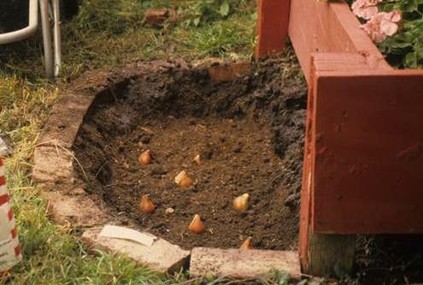
Choose a planting site that has full sun to partial shade. The ideal soil would be a sandy loam, but even poor soils can be used if organic material such as peat moss, compost, or aged bark is mixed in. For example, a heavy clay can be amended by mixing in one-third to one-half organic material. Soil pH should be between 6.0 and 7.0.
Bulbs need good aeration as well as good drainage for proper development. It is best if the bulbs are given 12 inches of prepared soil. If one-third organic material were added, this would require mixing 4 inches of organic material with 8 inches of soil. Incorporate about 3 pounds of a complete fertilizer such as a 5-10-5 per 100 square feet during preparation or fertilize according to soil test.
Planting depths vary depending on the size of the bulbs. For example, tulips and hyacinths are set about 6 inches deep, and daffodils are put 6 to 8 inches deep. Smaller bulbs are planted shallower. As a rule of thumb, bulbs are planted two to three times as deep as their width. Planting depth is the distance from the bottom of the bulb to the top of the soil. Large bulbs are normally spaced 4 to 6 inches apart, and small bulbs about 1 to 2 inches. Planting in clumps or irregular masses produces a better display than planting singly.
After placing the bulbs at the proper depth, replace half the soil and add water. This will settle the soil around the bulbs and provide good bulb/soil contact. Add the remaining soil and water again. Although there will be no top growth in the fall, the roots are developing, so soil needs to be kept moist but not soggy. Mulch can be added after the soil has frozen to prevent small bulbs from being heaved out of the soil by alternate freezing and thawing. (Ward Upham)
Vegetables:
Rotation of Vegetable Crops
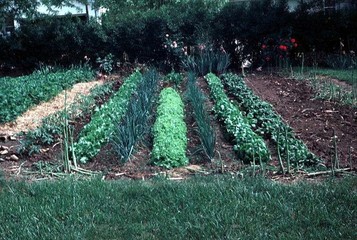
As mentioned earlier, it is also a good idea to avoid planting closely related crops in the same area as diseases may be shared among them. For example, tomatoes, potatoes, peppers and eggplant are closely related. Also, broccoli, cauliflower, cabbage and brussels sprouts share many characteristics in common. Therefore, do not plant cabbage where broccoli was the previous year or tomatoes where the peppers were.
So, why is this important to bring this up in the fall? Now is the time to make a sketch of your garden so that the layout is not forgotten when it is time to plant next year. (Ward Upham)
Ornamentals:
Planting Trees in the Fall
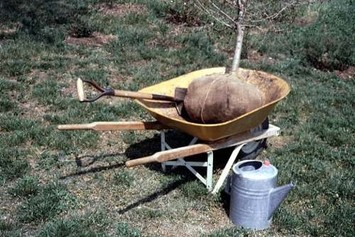
Fall-planted trees require some special care. Remember, that roots are actively growing even though the top is dormant. Make sure the soil stays moist but not soggy. This may require watering not only in the fall but also during the winter months if we experience warm spells that dry the soil. Mulch also is helpful because it minimizes moisture loss and slows the cooling of the soil so root growth continues as long as possible. Evergreens should be moved earlier in the fall than deciduous plants. They need at least six weeks before the ground freezes for the roots to become established. (Ward Upham)
Miscellaneous:
Adding Organic Materials Directly to the Garden
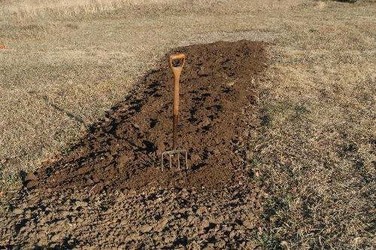
Organic materials can be spread to a depth of about 3 inches and tilled in. Be sure the soil is not too wet before tilling. During warm weather, the material will decompose quickly and the process can be repeated every two weeks. Later in the fall, it may take longer. This process can be repeated from now until late November to early December.
Remember that organic matter helps almost any soil. It improves clay soil by improving tilth, aeration and how quickly the soil takes up water. In sandy soils, it acts as a sponge by holding water and nutrients. (Ward Upham)
Moving Houseplants Inside for the Winter
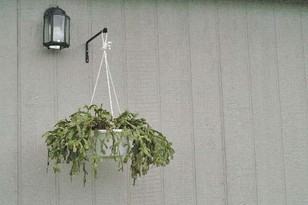
Houseplants that have been kept outdoors are accustomed to receiving much more sunlight than they do indoors. So how do we help houseplants acclimatize to the lower light levels inside? Houseplants brought in from outside should be started out in an area of the home that receives plenty of light, and then gradually moved to their permanent, darker location. This process should take four to eight weeks depending on the degree of difference in light levels between the initial and final location of the plant.
Understanding plant processes allows us to anticipate potential problems. Acclimatization gives houseplants a greater chance of retaining leaves and avoiding the stress of completely replacing them. (Ward Upham)
Pests:
Itch Mites are Back
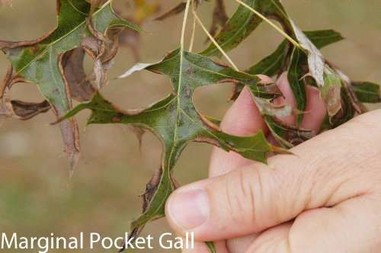
Oak leaf itch mites feed on insect larvae living within straw, seeds and plant galls. In recent outbreaks, itch mites have been feeding on midge larvae which cause gall formation on the margins of certain oak leaves. Pin oaks are most likely affected but red oaks and black oaks can also act as a host for the midges. The female mite is able to enter the gall through small openings and paralyze the midge larvae with a neurotoxin. The midge then acts as a food source for the mite allowing her to develop about 200 offspring. It takes about a week for the new mites to emerge. Only about 5 to 10 percent of the progeny are males. The males do not feed but mate and then die. Females seek new hosts on the existing tree but can be carried by winds for hundred of yards. Mite populations appear in late July and continue through the summer and into the fall.
No effective control has been found. Deet-based repellents have not given consistent results. Tree sprays are ineffective as the mites are protected by the galls. Oak trees known to be infested with mites should be avoided. If work must be done near oak trees with marginal leaf gall, bathing and changing and washing clothing is recommended. This article was adapted from our publication MF2806, “Oak Leaf Itch Mite.” (Ward Upham)
Contributors: Ward Upham, Extension Associate
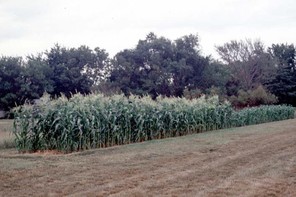
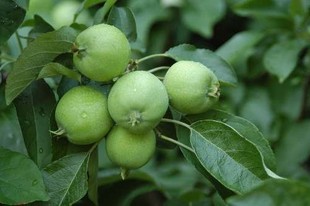
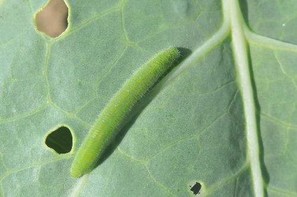

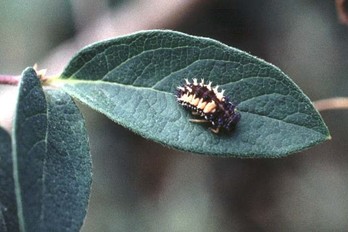
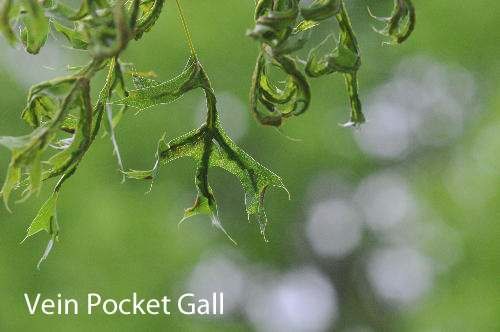
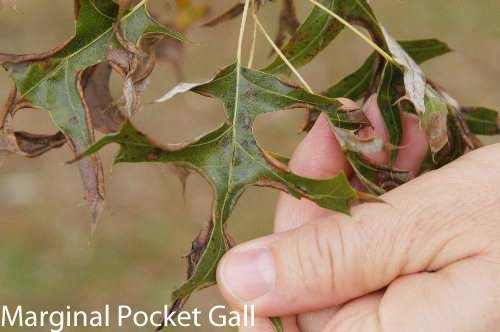
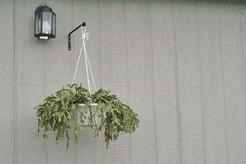
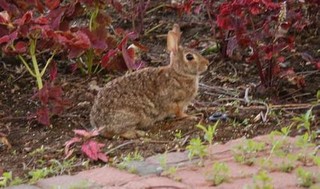
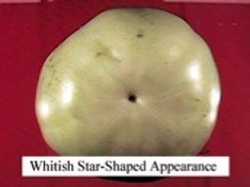
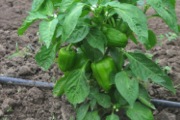
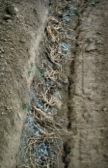
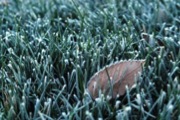
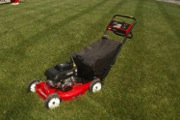
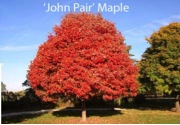

 RSS Feed
RSS Feed
